Crop production
In the fields of our farm, we mainly grow grain, corn, rapeseed, forage, and soya. We process a large part of our crops in the feed production. A part of the crop production is sold for further processing in the food industry.
-
Land processing
- We use zero tillage
- We loosen the soil to the depth
- We process organic matter after harvesting
- We protect the soil from erosion
-
Fertilization
- We use fertilisers when sowing
- We use organic fertilizers
- Mineral fertilisers are used with care
- We lime to maintain pH
-
Gentle chemical protection
- We use the most harmless products
- Only in the necessary quantity
- We apply nutritious leaf fertilizers
-
Our yields
- 25% higher yields of wheat per hectare than the average of the Czech Republic
- 20.6% higher yields of rapeseed per hectare than the average of the Czech Republic
No-till farming
We use so-called zero tillage soil processing. It means we do not plough the soil, but we process it throughout the profile. This has a positive effect on its structure and, above all, prevents the soil compaction of the subsoil. Soil operations can be divided into several steps: Stubble ploughing, mellowing of soils and underspadding.
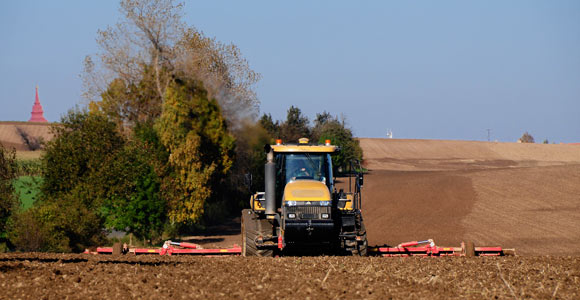
Stubble ploughing
It is usually performed with a disk cultivator. The aim is to prevent the evaporation of water and to incorporate part of the post-harvest residue into the soil.
More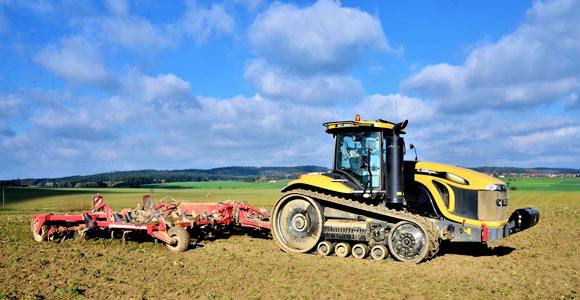
Mellowing of soils
We use blade weeders. When mellowing, we mix organic matter (post-harvest remnants) into the whole soil profile, disturb the compact parts of the field and prepare for sowing. The soil mellowing is performed to a depth of 15-28 cm, depending on the future crops.
More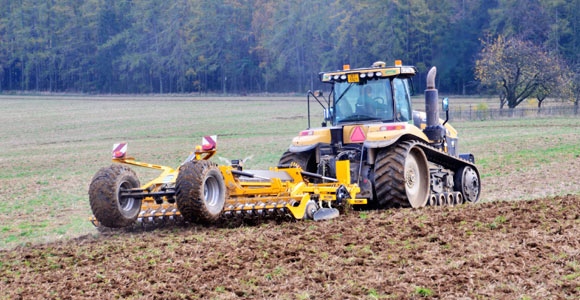
Underspadding
Particularly compact parts of the soil, especially the headlands, are processed by a sub-cutter up to a depth of 45 cm. This disturbs the rigid plow pan. This restores the soil's ability to absorb water. More
Fertilization
Fertilization is understood as a complex soil and plant nutrition. It is applied with regard to soil condition, soil response and plant needs. We perform regular soil analyses to monitor the soil condition.
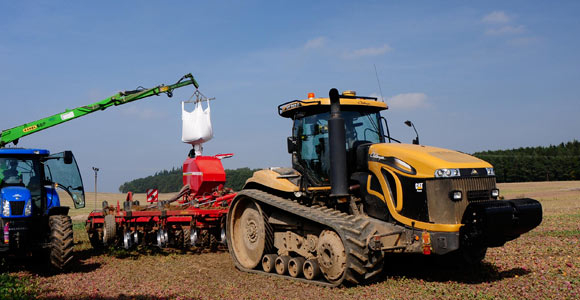
Fertilization during sowing
Some nutrients, especially phosphorus, need to have the plant right in the early stages of germination. That's why we use a pre-planting fertilisation technology to the maximum.
More about fertilization during sowing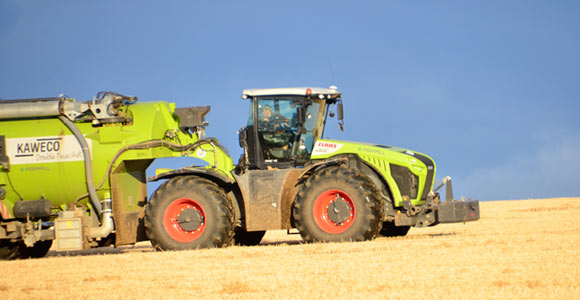
Organic matter
Soil quality fundamentally affects the content of organic matter. It affects soil structure, its chemical properties, and feeds soil organisms.
More about organic matterSoil quality fundamentally affects the content of organic matter. It affects soil structure, its chemical properties, and feeds soil organisms. Therefore all post-harvest remains are left in the field. The only exception is straw for cattle. If the organic matter is used for the production of bulk feed, we add organic matter by growing intercrops.
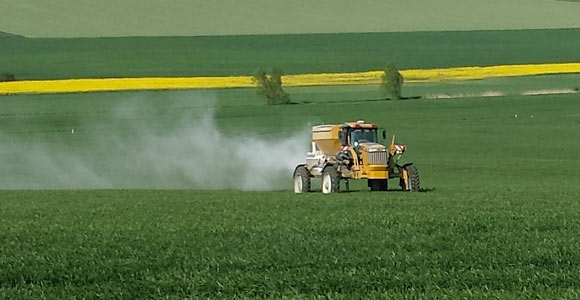
Mineral fertilizers
To maintain yields and soil use, it is necessary to supply basic nutrients to the soil in the form of mineral fertilizers. These are chosen in order to minimize the soil reaction.
More about mineral fertilizers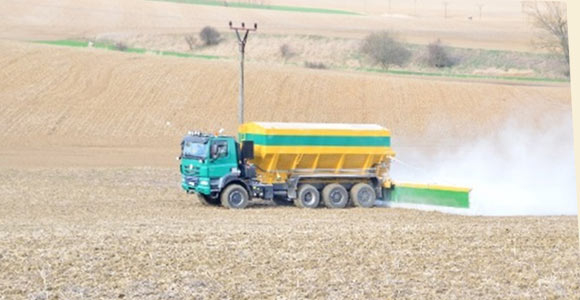
Liming
The purpose of liming is to maintain optimal pH in the soil. The need for liming depends on the parent rock, but also on fertilization and the choice of mineral fertilizer.
More about limingTo maintain yields and soil use, it is necessary to supply basic nutrients to the soil in the form of mineral fertilizers. These are chosen in order to minimize the soil reaction, ie. in particular, to minimize acidification of the soil. Their use is controlled according to the needs of each crop according to the stage of its growth so that the nutrients (nitrates) do not leak into the ground.
The purpose of liming is to maintain optimal pH in the soil. The need for liming depends on the parent rock, but also on fertilization and the choice of mineral fertilizer. Its effect is greatly influenced by the organic matter content of the soil and its sorption abilities. Limestone is an important element of a complex mosaic of chemical soil composition.
Chemical plant protection
In order to achieve the optimum yield, but also the health of the harvested crop, it is necessary to protect the plants. They are protected against harmful insects, persistent weeds and also against fungal diseases producing dangerous mycotoxins.
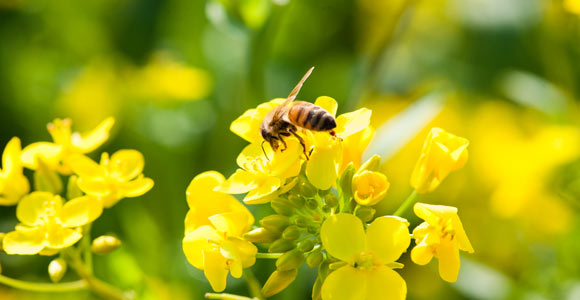
Harmless approach
When using pesticides, we always consider whether the treatment is necessary, what products to use to eliminate as much as possible risks to bees and the environment at all.
More about harmless attitude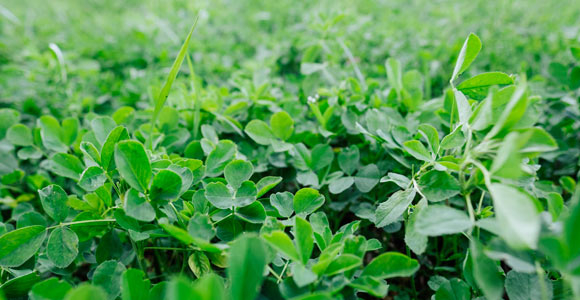
Only in the necessary quantity
In plant protection, we have moved from preventive to targeted conservation.
More about the necessary quantity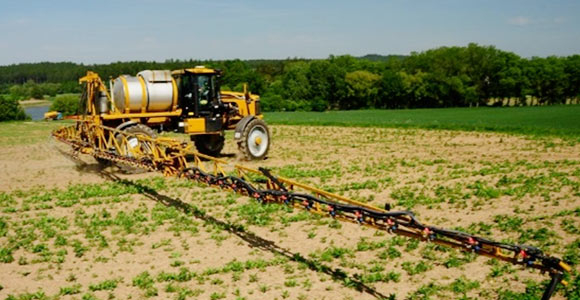
Foliar feeding
Every sprinkler ride does not necessarily mean the use of plant protection products. The sprinklers are also used to apply foliar feeding.
More about foliage feedingEvery sprinkler ride does not necessarily mean the use of plant protection products. The sprinklers are also used to apply foliar feeding. We do not only use nitrogen fertilizers for foliar feeding but we supplement plants with a deficient microelements such as boron, zinc, and others when speaking about foliage feeding.
Our yields
Our yield per hectare of winter wheat is 25% higher than the average in the Czech Republic. The hectare yields of the second most widespread crop, the winter rape, are 20.6% higher than the long-term (five-year) average of the Czech Republic.
Comparison of the yield of winter wheat (t/ha)
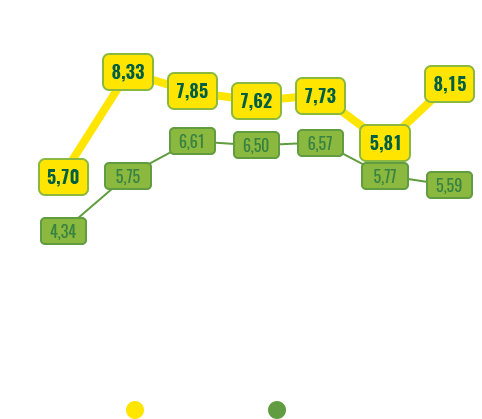
Comparison of the yield of winter rape (t/ha)
Representation of crops on our fields
We strive for a balanced cropping process to prevent pest spreading and unilateral soil depletion.
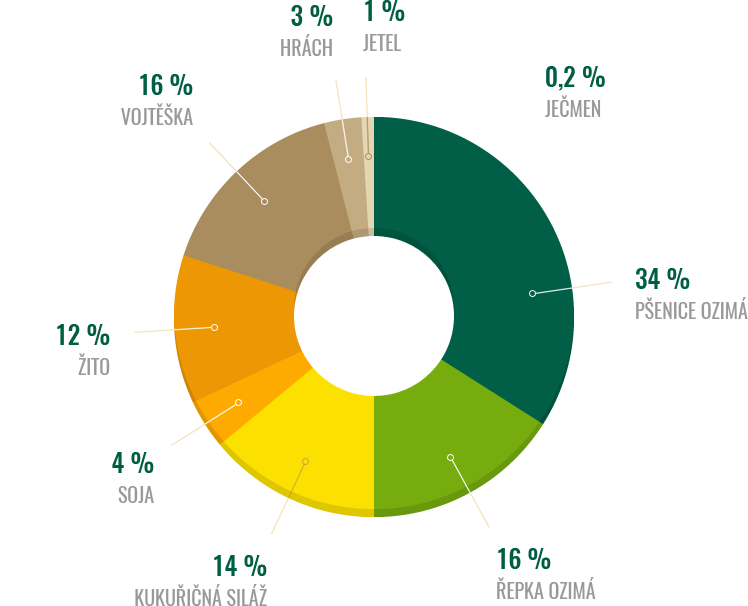
Contact our plant production specialist
-
Zbyněk Pokorný
- +420 606 023 572
- Contact form
Contact form
Consent to the personal data processing
The applicant provides a consent to processing of their personal data in the scope of the biographical data provided by the applicant in the submitted CV at www.adw.cz and its storage in order to establish a contact and possible business cooperation with companies within the ADW Group. .

